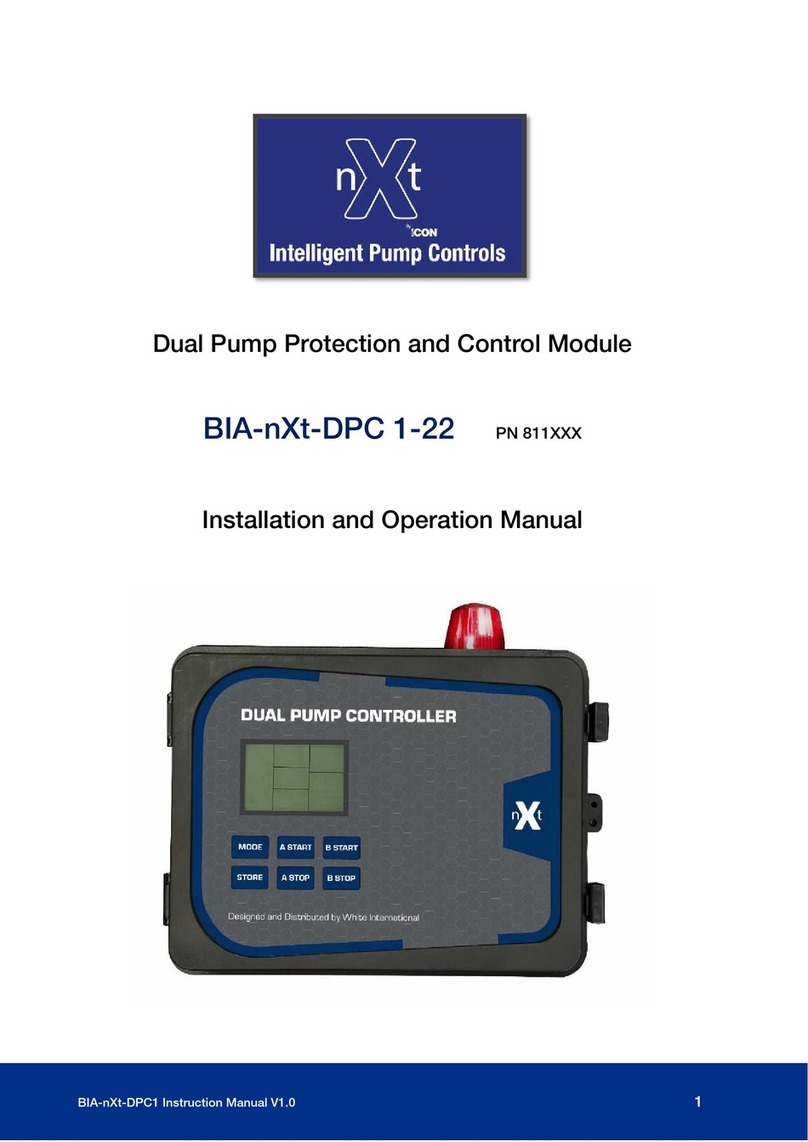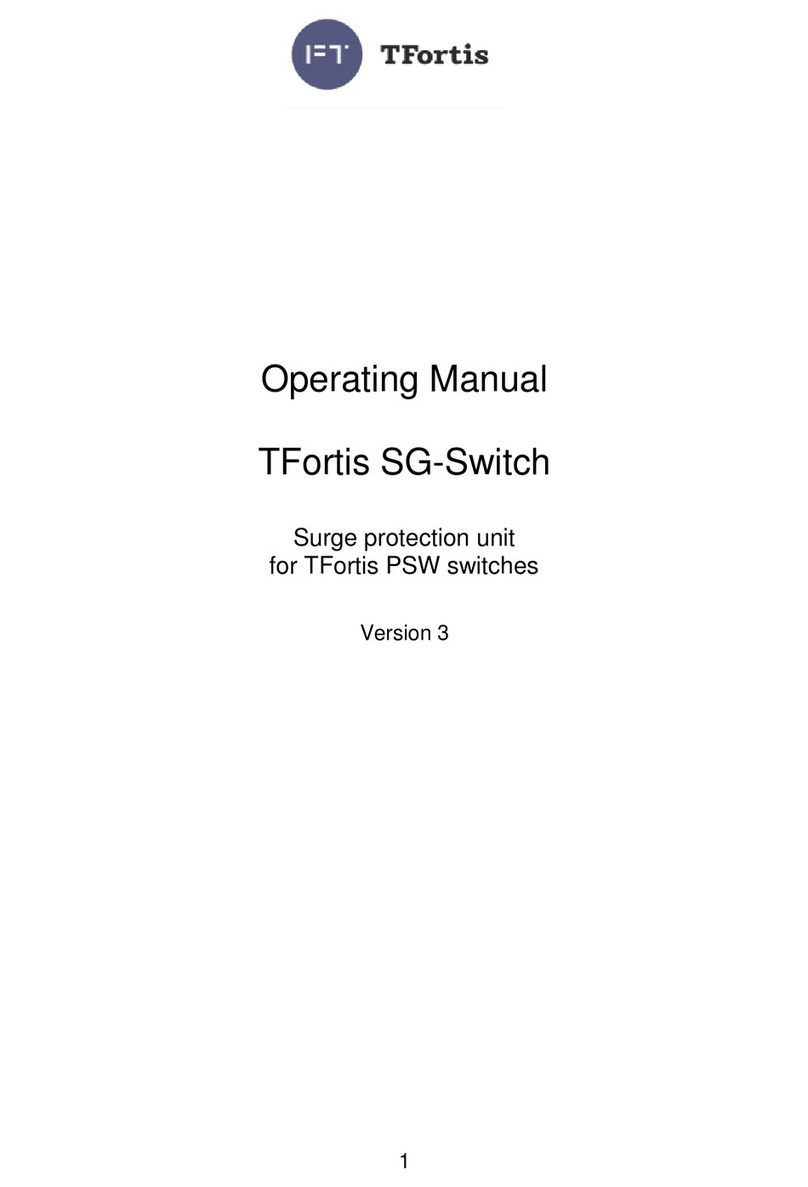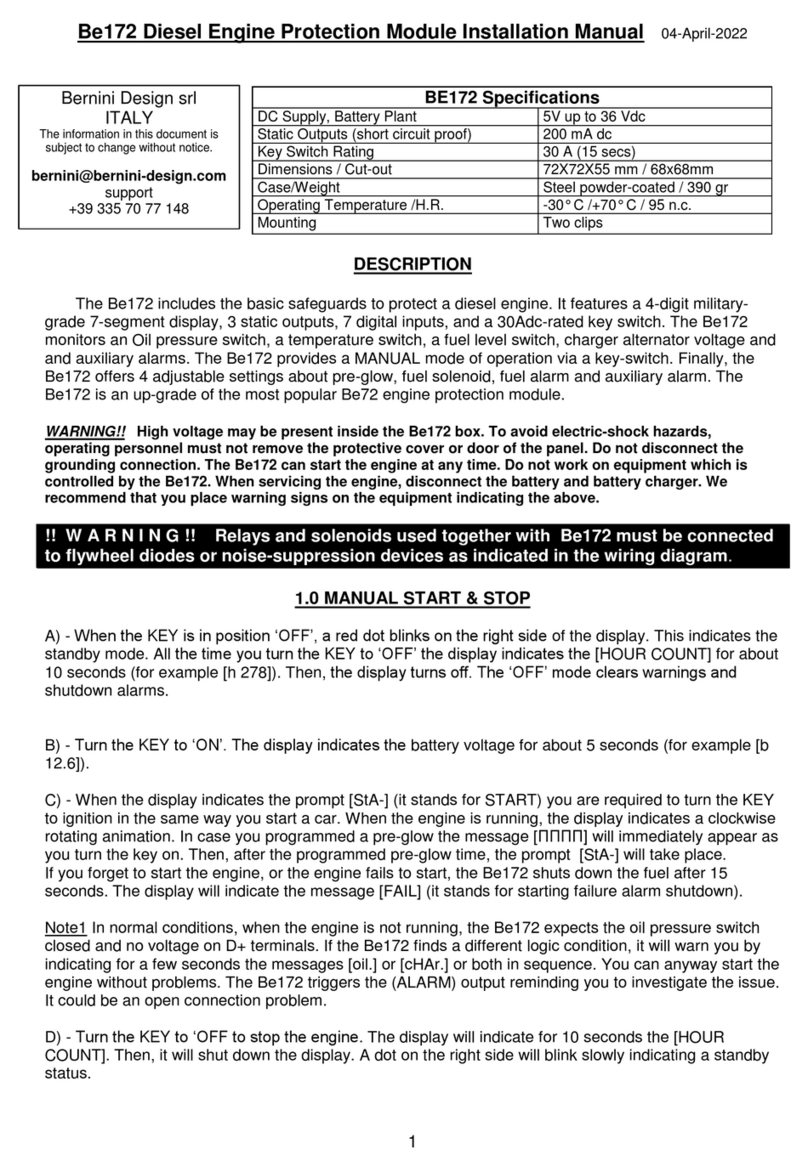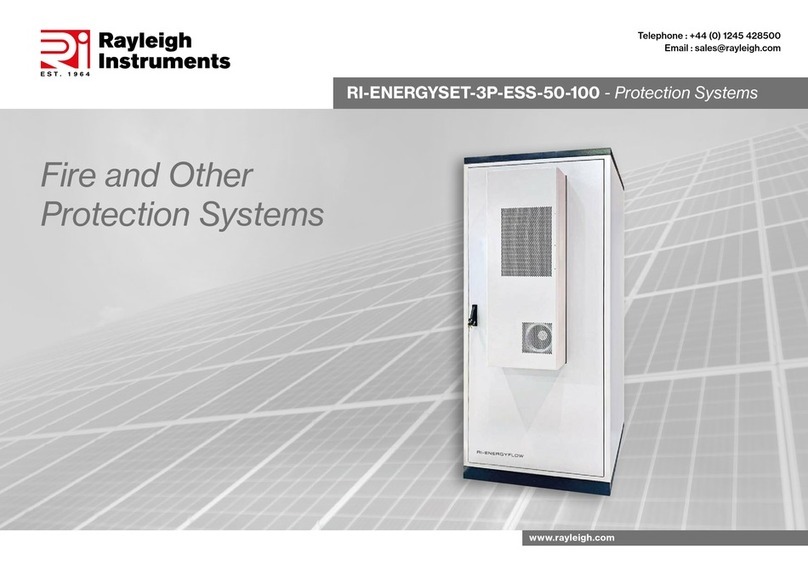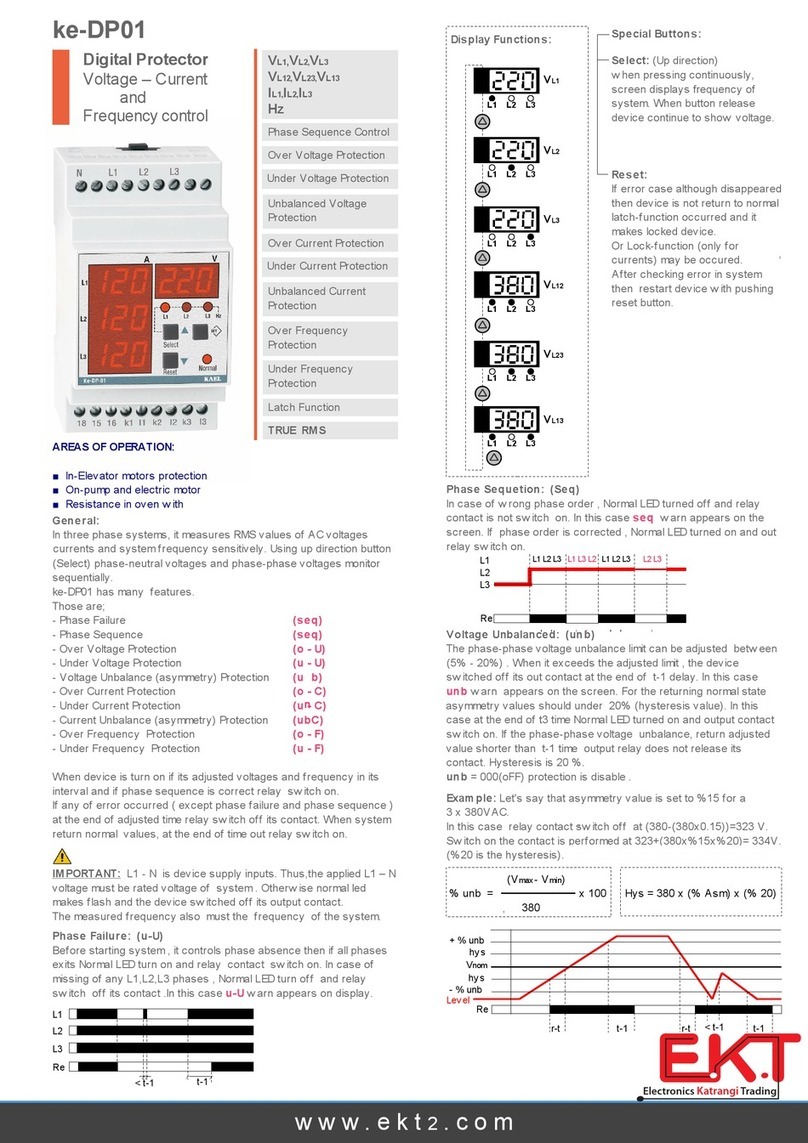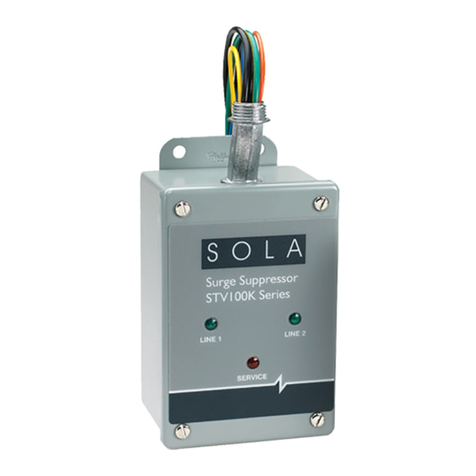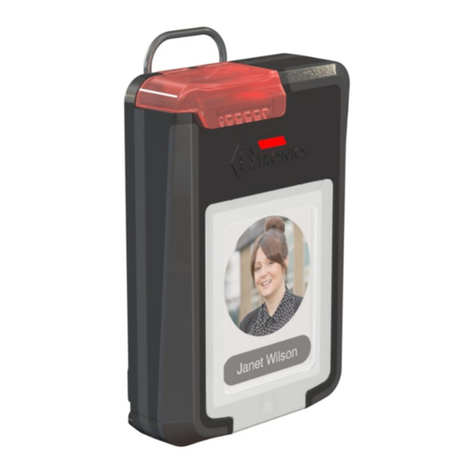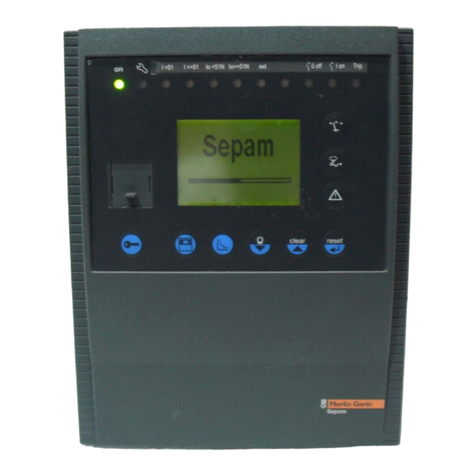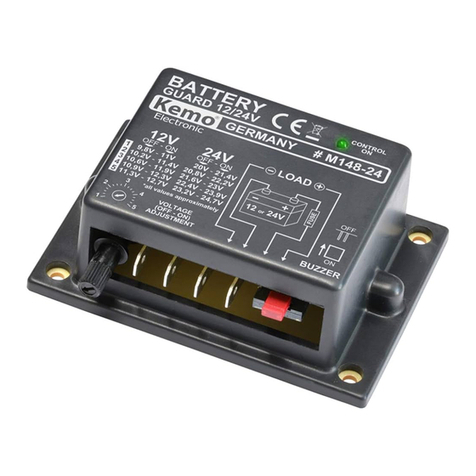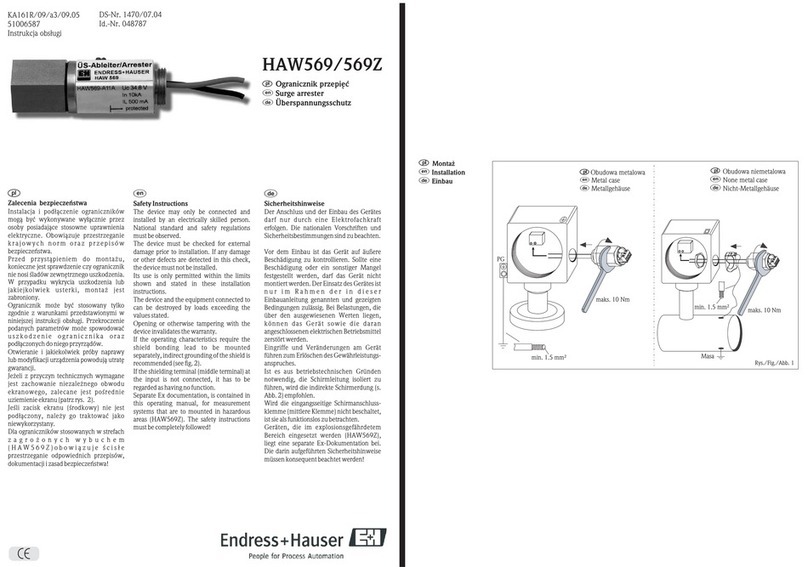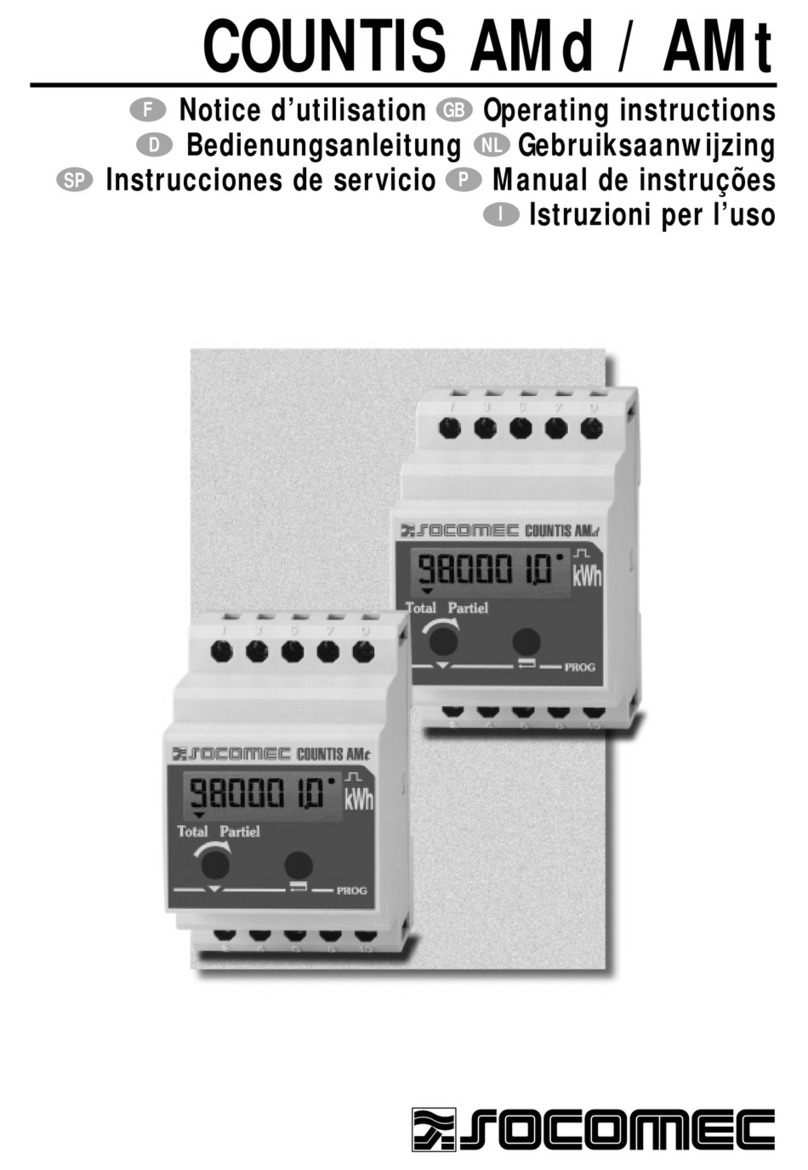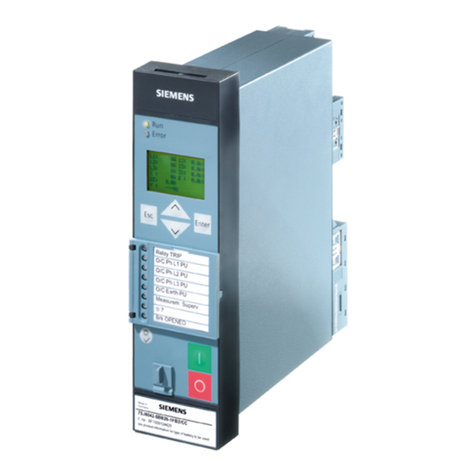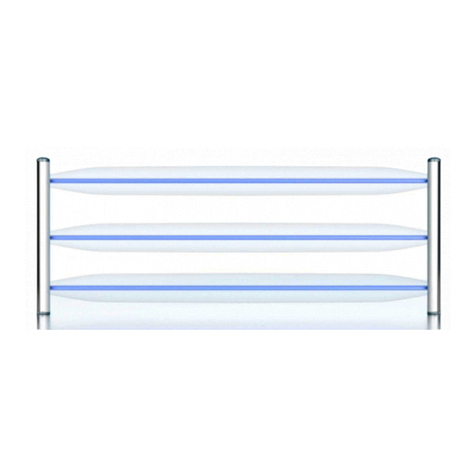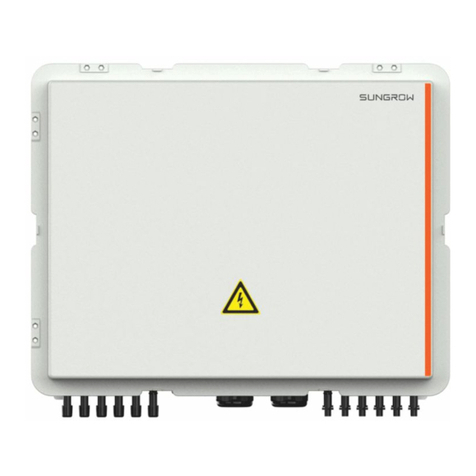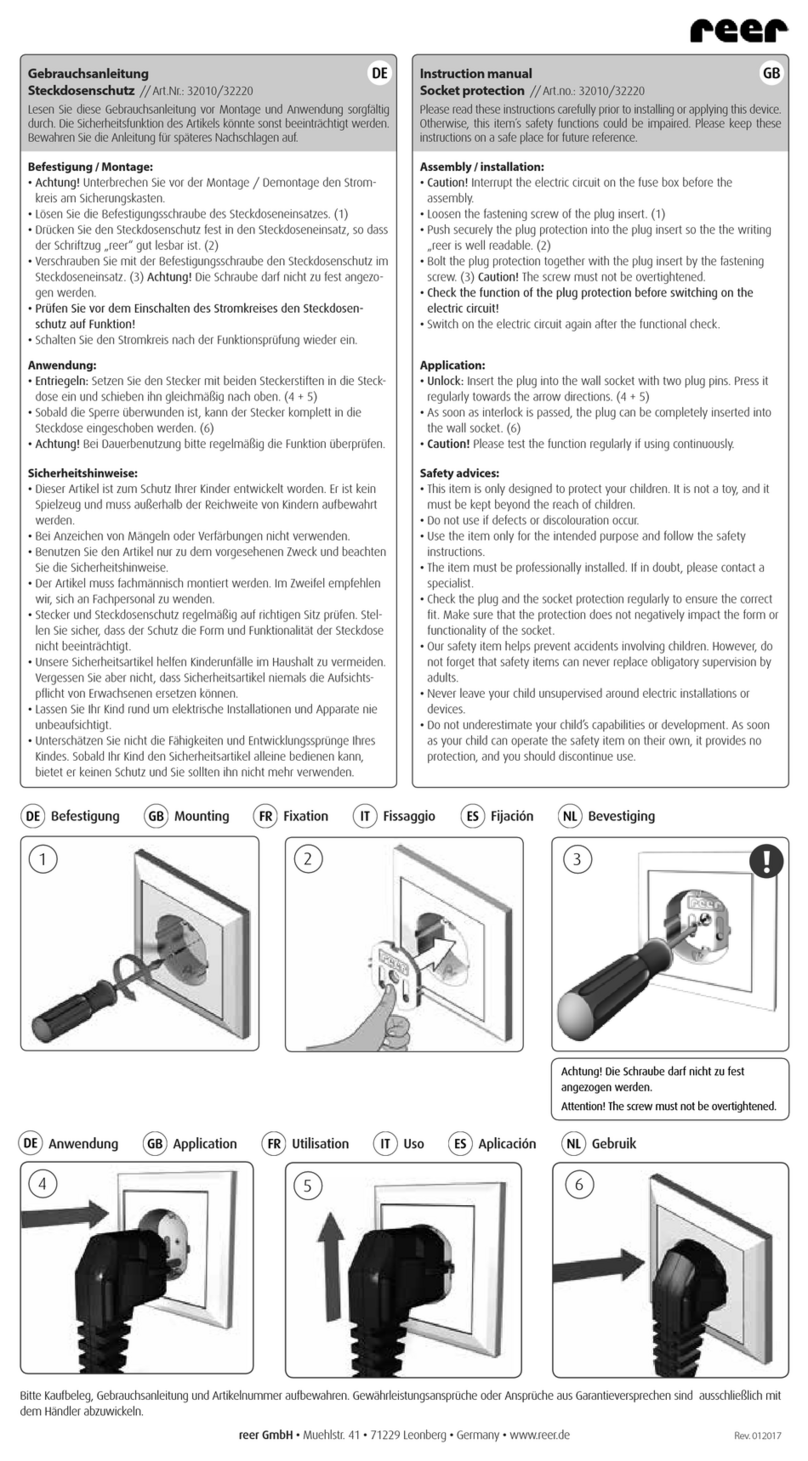iSOLATE501 Operating Manual
Page 3 of 21
Contents
1Introduction .......................................................................................................... 4
2Safety Information and Notes ............................................................................... 5
2.1 Storage of this Manual ................................................................................... 5
2.2 Special Conditions for Safe Use .................................................................... 5
2.3 Electrical Rating (MET) .................................................................................. 6
2.4 Approval Information (MET) ........................................................................... 6
2.5 List of Notes................................................................................................... 6
3Installation and Setting-to-Work ........................................................................... 8
3.1 Input / Output parameters .............................................................................. 8
3.2 iSOLATE501 Mounting and Earthing ............................................................. 9
3.3 RF Connections ........................................................................................... 12
3.4 Connection to a transmitter .......................................................................... 12
3.5 Connection to an antenna............................................................................ 13
4Intended Purpose Usage.................................................................................... 15
4.1 Transportation and Storage ......................................................................... 15
4.2 Authorized Persons ..................................................................................... 15
4.3 Cleaning and Maintenance .......................................................................... 16
4.4 Safety Precautions....................................................................................... 16
4.5 Cleaning and Maintenance Intervals ............................................................ 16
4.6 Aggressive substances and environments ................................................... 16
4.7 Exposure to external stresses...................................................................... 17
5Technical Data ................................................................................................... 18
6Label Drawing .................................................................................................... 19
7EU Manufacturers Declaration ........................................................................... 20
